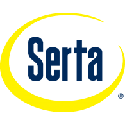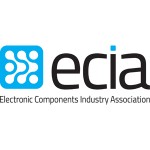Barcode Verification Equipment – The Significance of GS1 Certification
As a specialized barcode certification lab, we are dependent on reliable barcode verification equipment, which can provide standardized and repeatable analysis. Our expertise and testing processes would be meaningless if we used testing equipment which could not be measured against a global standard. Consequently, our barcode testing lab utilizes only GS1 US certified verification equipment from Axicon, Webscan and LVS.
Still, there are some non-certified verification brands (Xaminer, Cognex, Dataman, Microscan) which are used by some retailers and printers. If your company or printer is relying on non-GS1 certified barcode verification equipment, you may not taking adequate precautions to provide compliant barcode symbols. In addition, if a retail trading partner is providing barcode verification support from a non-certified verifier, you should question the validity of the compliance claim. In most cases, the retailers are not properly informed of the importance nor have the GS1 training to perform supporting evaluations.
History
Before 1990 there was not an established standard for evaluating barcode symbol print quality. Technical documents from the Uniform Code Council and AIM provided bar/space dimensions and symbol contrast thresholds. Barcode artwork providers, such as Bar Code Graphics, relied on various testing instruments to gauge the decodability and print accuracy. It was very common to receive conflicting results from varying devices. In 1990, the ANSI barcode print quality standards (X3.182) established a grading scale (A,B,C,D, F) to accurately predict how readily a bar code can be decoded by the least sophisticated scanners. The ISO 15416 now supercedes the ANSI X3.182 for evaluating linear barcode symbols. Click here for a breakdown of the standard.
Although barcode verification equipment could be created to judge barcode print quality based on the ANSI/ISO standards, there was still discrepancy among different verifier manufacturers. The UCC and EAN (now GS1 organizations) performed an evaluation of available equipment and the variance amongst manufacturers was severe. Although all the verifiers were calibrated against NIST traceable scanning plaques, there was inconsistency on how different verifiers determined each grade. Consequently, UCC/EAN test cards for each symbology for each grade were created and a standards based certification process was established. Today,
Identification Labs is the barcode testing division of Bar Code Graphics and is the largest North American barcode testing center for POS, coupon and logistic barcodes. Please feel free to call us at 800-662-0701 x777, email support@barcode-us.com or visit www.barcode.graphics/identification-labs
Note: GS1 US does provide “Calibrated Conformance Test Cards” for each barcode language. These cards are fantastic tools to ascertain if your GS1 US certified verifier is properly calibrated.
January 2018 Update – Please note that the GS1 General Specifications reference ISO/IEC 15416:2016 as the basis for linear barcode verification methodology. Although this revision came out in 2016, GS1 US requested all verification manufacturers update their software to implement the revisions. We encourage companies to contact their verification manufacturer or GS1 US to see if the GS1 certified verifier has been re-evaluated to this new global standard.






Comments are closed.